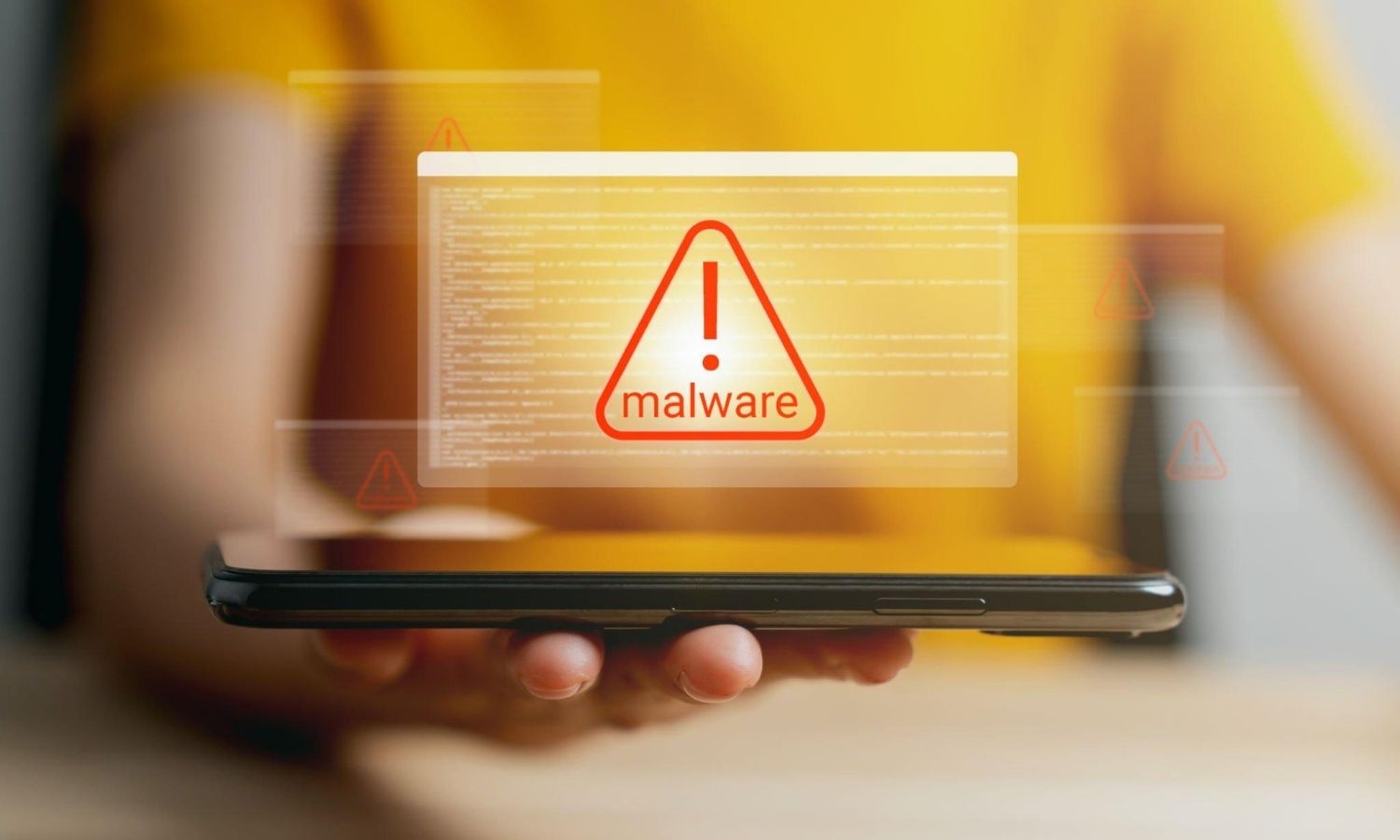Android Virus: Android devices are susceptible to viruses and malware, which can infiltrate your device through malicious apps, phishing emails, or suspicious websites. This guide provides step-by-step instructions for removing a virus from your Android device.
Step 1: Enter Safe Mode
Before you initiate the virus removal process, it’s advisable to place your device in Safe Mode. This action prevents third-party apps, including malware, from running. Here’s how to do it:
- Press and hold the power button until the “power off” option appears on your screen.
- Tap and hold the “power off” option until the “reboot to Safe Mode” option appears.
- Tap “OK.”
Step 2: Identify the Malicious App
Once you are in Safe Mode, navigate to your phone settings, and then access the “Apps” or “Application Manager” section, depending on your device model. Look for any suspicious or unfamiliar apps; these could be the malicious culprits.
Step 3: Uninstall the Malicious App
If you’ve pinpointed a suspicious app, it’s time to remove it. Follow these steps:
- In the “Apps” or “Application Manager” section, tap on the suspicious app.
- Tap “Uninstall.”
- If the “Uninstall” button is grayed out (which may happen if the virus has acquired Device Administrator status), proceed to “Settings” > “Security” > “Device Administrators.” Locate the app and deselect it. Afterward, return to your Apps menu, and you should be able to uninstall it.

Step 4: Exit Safe Mode
Once you have successfully removed the malicious app, exit Safe Mode by restarting your device.
Step 5: Download a Mobile Security App
To safeguard your device against future infections, consider downloading a reputable mobile security app from a trusted provider. These apps can scan for and remove viruses, block malicious sites or downloads, and provide real-time protection.
Always remember that prevention is more effective than a cure. Download apps exclusively from reliable sources like the Google Play Store, refrain from clicking on suspicious links, and keep your device up to date with the latest security patches.
What Are Common Signs of a Virus?
Here are common indications that your device might be infected with a virus:
Unexpected Pop-ups: Frequent, intrusive pop-up ads that are difficult to dismiss.
Unwanted Apps: The presence of unrequested apps on your device that you didn’t download.
Battery Drain: Faster-than-usual battery consumption due to background processes initiated by the virus.
Data Usage Spike: A sudden rise in data usage, suggesting data is being transmitted to an external server.
Poor Performance: Sluggish device performance, crashes, or frequent freezing.
Unwanted Ads and Spam: An influx of excessive ads or spam notifications, often indicative of adware.
Unauthorized Charges: Unfamiliar charges on your accounts, especially related to apps, games, or in-app purchases.
Please note that these signs may also stem from non-malicious causes, such as an outdated system or numerous apps running concurrently. If you observe any of these symptoms, it is wise to investigate further.
READ MORE
Best Video Game Consoles for Kids in 2023
What Should I Do if My Phone Is Hacked?
If you suspect that your phone has been hacked, follow these steps:
Confirm the Breach: Initially, attempt to confirm whether your phone has been hacked by observing signs like unusual battery drain, increased data usage, unfamiliar apps, or strange behavior.
Remove Suspicious Apps: Promptly uninstall any unfamiliar or suspicious apps on your device.
Change Your Passwords: Reset the passwords for all your critical accounts, including email, banking, and social media apps.
Enable Two-Factor Authentication: Strengthen your account security by enabling two-factor authentication.
Update Your Device: Ensure your device is up to date with the latest software and security patches.
Install a Trustworthy Security App: Install a reliable security app capable of scanning and removing malware.
Factory Reset: As a last resort, perform a factory reset on your device. Be sure to back up important data first, as this action erases everything on your device.
Contact Professionals: If you encounter difficulties resolving the issue, consider seeking assistance from a professional or your device’s customer service.
Remember, prevention is more effective than cure. Always keep your device up-to-date, download apps from trustworthy sources, and exercise caution when interacting with links or attachments from unknown sources.
Conclusion
By following the steps outlined in this article, you can remove a virus from your Android device and protect it from future infections.
However, it is important to note that prevention is always the best course of action. To safeguard your device, be sure to download apps only from trusted sources, avoid clicking on suspicious links, and keep your device’s software up to date.
Additionally, consider installing a reputable mobile security app. These apps can scan for and remove viruses, block malicious sites or downloads, and provide real-time protection.
READ MORE
3 Apps to Track Your LOST Android Phone from iPhone: Android Phone Tracking

